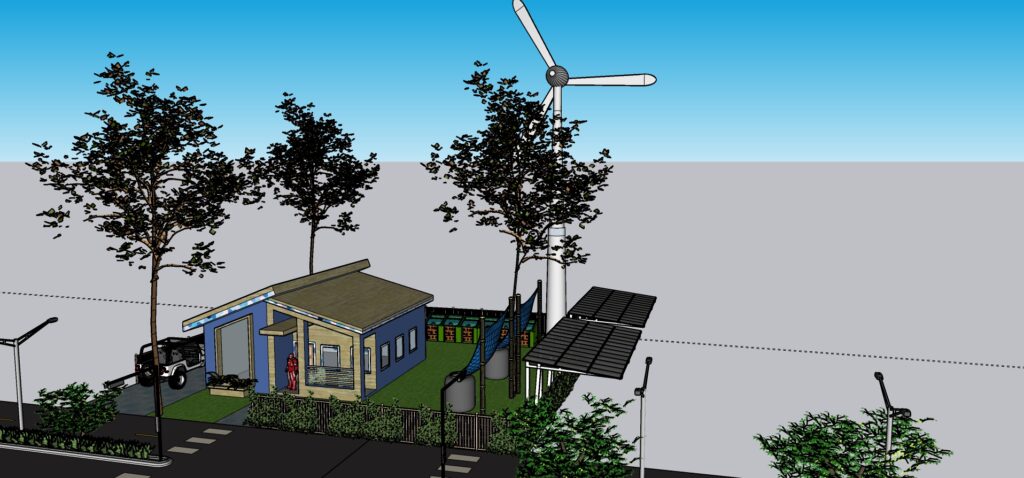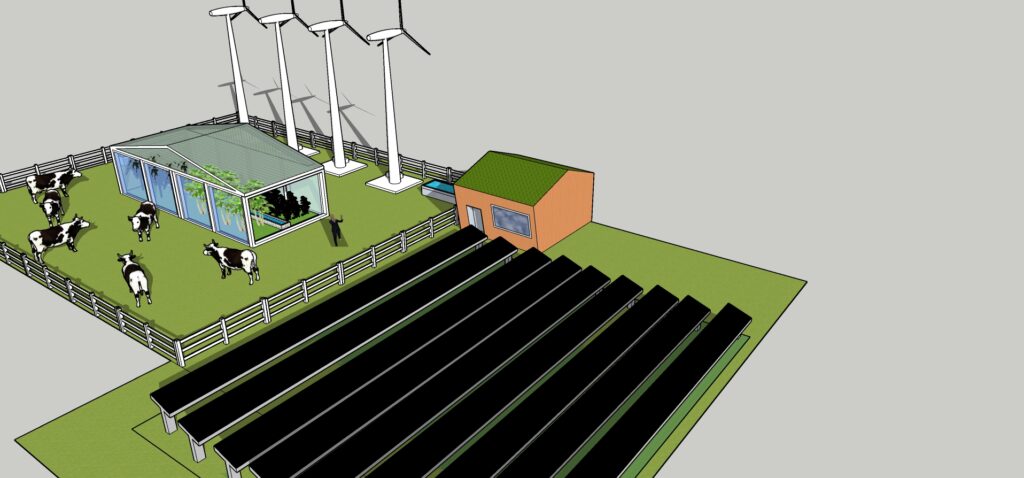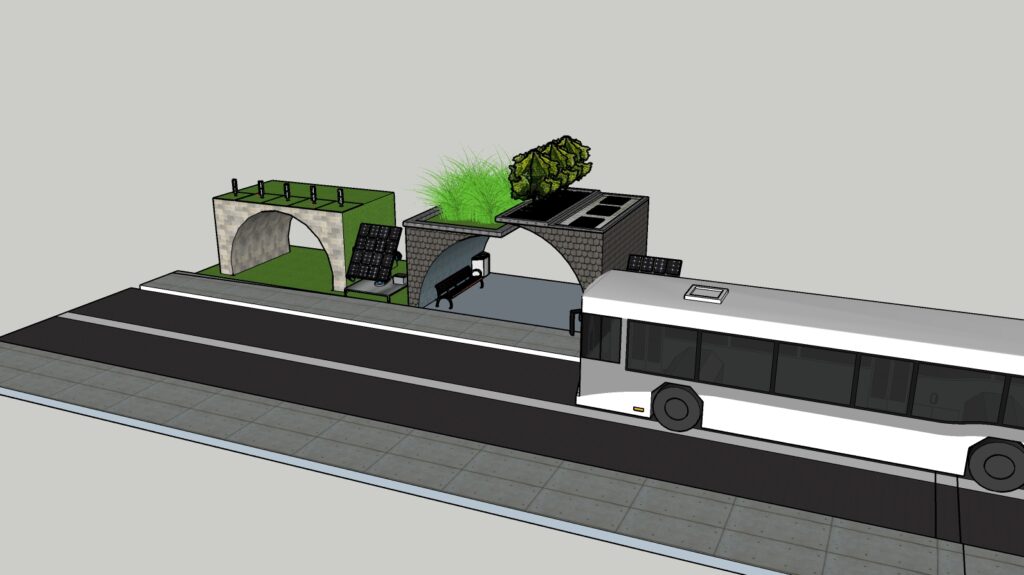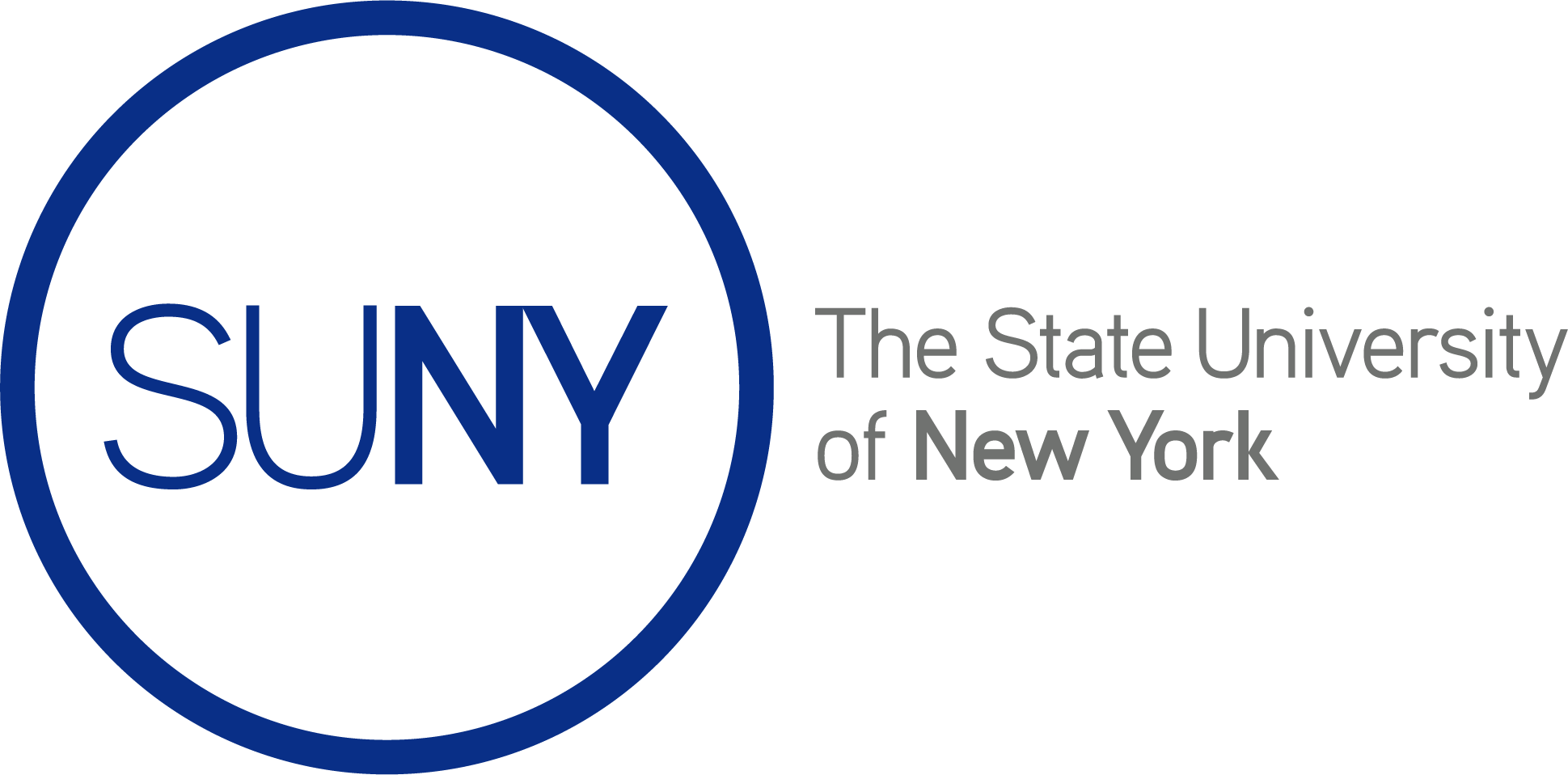
Pictured Above: A model sustainable home that could be used in the central region of Colombia. By 2042 the average temperature and precipitation rates are expected to increase a substantial amount. With the addition of two rain collection systems, the homeowner can sustainably collect and use water that is natural and reoccurring. Adding solar panels overhanging the property line maximizes not only backyard space but maximum energy output as well. The solar panels combine with the wind turbines create enough energy to power the home solely on renewable energy. Secondly, one can build up reserve energy and sell it back to the state to increase profits and also allow the homeowner to make passive income. The backyard consists of two compost bins seen along the back fence. The compost bins will provide nutrient-rich soil from leftover scraps to be used to keep the many native plants around the homestead healthy. Lastly, the design of the home features 3M Window Films which help to regulate inside temperature without the use of air conditioning or heating. This sustainable home could be placed anywhere in the surrounding rural, sub-rural, or sub-urban outskirts of Bogota.

Pictured Above: A sustainable greenhouse and solar farm with an energy monitoring building. The greenhouse is on a fenced-in pasture powered by various wind turbines. The cows on the pasture provide excellent manure to be used in planting foods and native species inside the greenhouse. The cows also naturally keep the grass trimmed and healthy. The greenhouse is made up of windowpanes that maximize incoming solar energy to assist plants in photosynthesis also while acting as a small-scale carbon sink. Inside the greenhouse, we see a variety of food from tomatoes to native fruits like papayas and many others. The water troughs used to supply the plants and cows with water are only filled by the owner when little to no rain comes and the troughs cannot naturally fill. With excess land, one can place a small-scale solar array to be used mainly in the collection and redistribution of energy. A solar array of this size produces too much energy that is possibly needed for the greenhouse, with the addition of the energy obtained by the wind turbines, excess energy will be abundantly available to be sold back to the state or solar companies.

Pictured Above: Two different versions of sustainable bus stops that could be used on the streets of Colombia. Pictured on the left is a bus stop with a hollowed-out arc to provide cover to passengers waiting. The stop is placed on natural land hardly disrupting the natural land around it. Instead of using concrete for flooring and ruining a permeable surface, we have kept the natural flows of the land to allow water, animals, and ecosystems to continue undisturbed. The top and sides of the stop are infused with native grasses to allow air purification and small-scale carbon capture. Also, atop the stop are small wind turbines that capture the wind coming off of passing cars as well as capturing natural winds. Pictured on the right is a more industrialized bus stop. This stop has concrete flooring and brick siding. On top of the stop are solar panels used to collect energy and power the lights and other functions of the bus stop. Also, native shrubs and small trees are placed on top.

